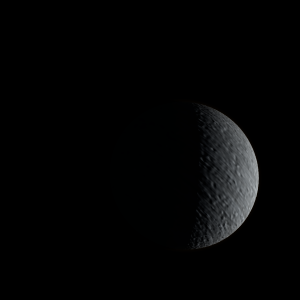|
|
Space Astro
|
Info for exoplanet "Pyao"
| Scientific (actual) data |
|---|
| Name | TOI-2796 b |
| Planet status | Confirmed |
| Planet mass | 0.44 |
| Radius | 1.59 |
| Orbital period | 4.8085 |
| Semi major axis | 0.04089 |
| Orbit eccentricity | 0 |
| Inclination | 84.9 |
| Discovered | 2022 |
| Updated | 2022-10-31 |
| Tzero tr | 2459030 |
| Impact parameter | 1 |
| K | 50 |
| Temperature (kelvin) | 1205 |
| Publication | Published in a refereed paper |
| Detection type | Primary Transit |
| Mass measurement type | Radial Velocity |
| Radius measurement type | Primary Transit |
| Star name | TOI-2796 |
| Right ascension | 84.15° |
| Declination | 0.9° |
| Star distance | 352.4 |
| Star metallicity | 0.239 |
| Star mass | 1.063 |
| Star radius | 1.069 |
| Star age | 4 |
| Star temperature | 5764 |
| Wikipedia article | TOI-2796 b |
Back
| |
| Fictional info (?) |
|---|
| Suggested name | Pyao |
| Planet type | Hot gas giant |
| As seen relative to the fixed stars, it rotates on its axis exactly two times for every three revolutions it makes around TOI-2796. |
| Atmosphere | Neon | 66% |
| Carbonyl sulfide | 26% |
| Nitrogen | 6.8% |
| Methane | 1% |
| Atmospheric pressure | 6 bar |
 |
| No known satellites |
| Google search for Pyao |
|
Website by Joachim Michaelis
|
|
|
|